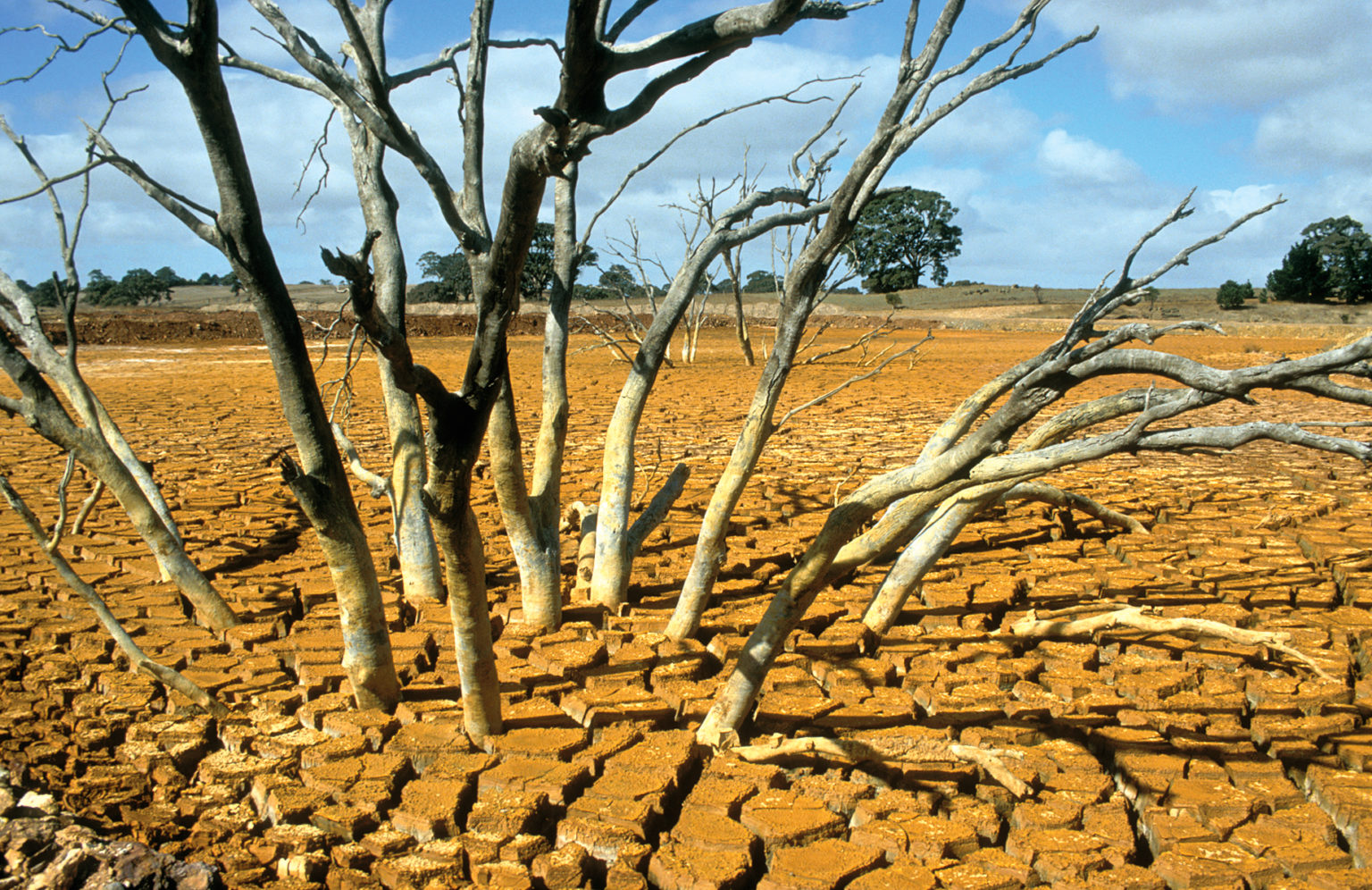Media release
From:
Research led by scientists at Australia’s national science agency, CSIRO, has provided new evidence linking anthropogenic climate change to changes in the large-scale climate pattern known as the El Niño-Southern Oscillation (ENSO).
The results, published in nature reviews earth & environment, used climate models to show how human-caused climate change has impacted the frequency and strength of El Niño and La Niña events as far back as the 1960s, approximately 100 years after human activity started increasing greenhouse gas emissions to the atmosphere.
Up until now, the international science community has had limited understanding around the extent to which human-caused greenhouse gas emissions have affected ENSO.
ENSO is a key driver of climate variability, as both its warm phase, El Niño, and its colder phaser, La Niña, play a large role in influencing weather conditions around the world, including in Australia.
Dr Wenju Cai, lead author of this study and global expert on the relationship between climate change and ENSO, said that the research provides new evidence on the extent to which ENSO has changed over the course of the twentieth and twenty-first centuries.
“This research has made the human fingerprint on climate change clearer by providing evidence that greenhouse gases started impacting ENSO as far back as 1960,’ Cai said.
“It provides a critical link between the current climate record, and that of the Paleo period, to show that we are experiencing a vastly different climate to that of the distant past.
“The findings can also help us understand how ENSO will continue to change in a warming world, given sea surface temperatures are continuing to increase in warming,” he said.
Increasing greenhouse gas emissions have resulted in more heat being trapped in the climate system. This 'radiative forcing' forces sea surface temperatures to warm faster than the ocean water below.
Change in vertical temperatures of the equatorial Pacific play a significant role in influencing the development of El Niño conditions. This is via climate feedback loops in the ocean-atmosphere system. The frequency of strong El Niño events, in turn, leads to more frequent and stronger La Niña events.
The research team examined over 40 models' outputs that participated in Phase 6 of the Coupled Model Intercomparison Project (CMIP6) using historical forcings and a combination of emissions scenarios, and in different designs.
Outputs from the majority of models, when comparing historical simulations between 1900-1960 and 1960-2020 signalled an increase in ENSO strength and frequency post-1960.
As the model simulations were only run up until 2020, this research did not investigate the potential strength of a potential El Niño event if it were to develop later this year.



 Australia; Pacific; NSW; TAS
Australia; Pacific; NSW; TAS


